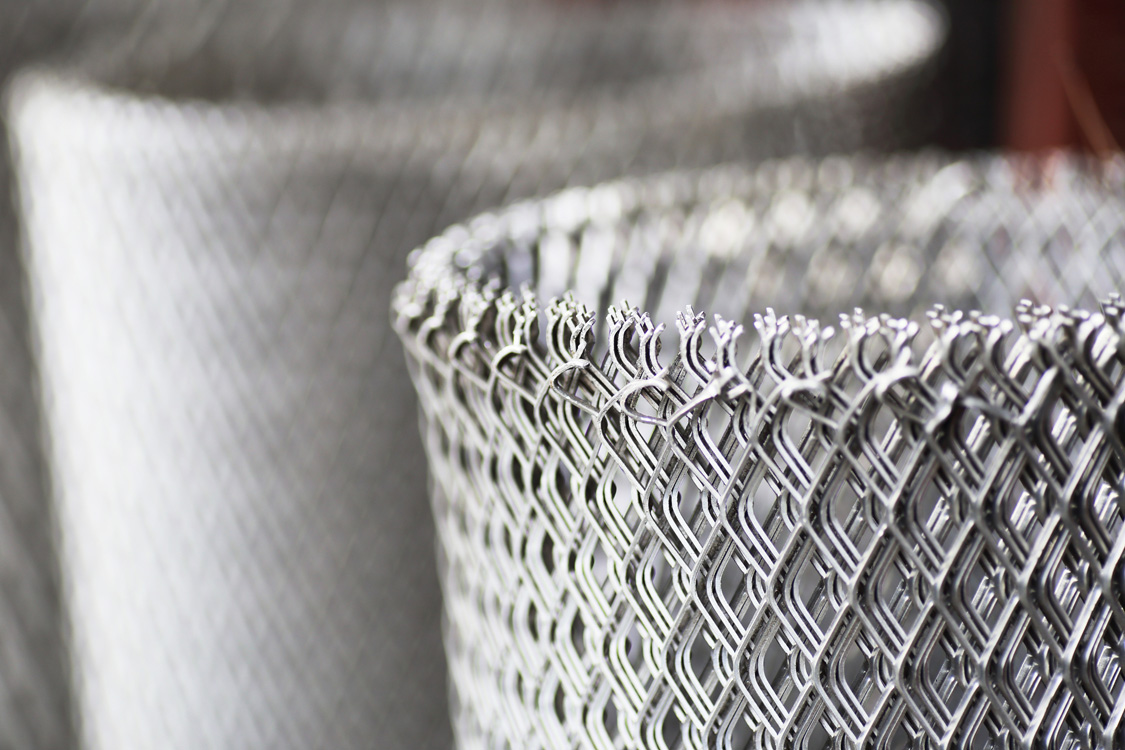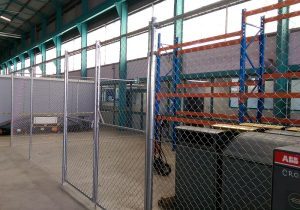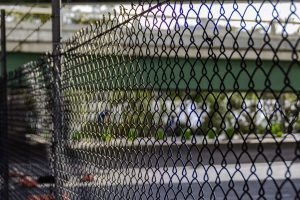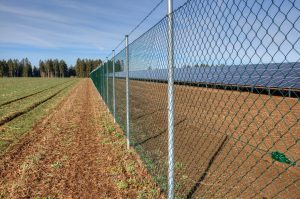Chain wire fencing is a type of woven fence that has been used for centuries. It is made by linking individual strands of wire together in a diamond pattern, and it is often used to create a durable yet lightweight barrier. Chain wire fencing has been used for many different purposes throughout history, from protecting livestock to securing military bases. In this blog post, we will explore the fascinating history of chain wire fencing, and how it has evolved over time.
Chain wire fencing, also known as chain link fencing, has a long and fascinating history that dates back centuries. The origins of this type of fencing can be traced back to ancient civilizations, where people used various materials like wood and stone to create barriers. However, it wasn’t until the 19th century that chain wire fencing as we know it today began to emerge.
The development of chain wire fencing can be attributed to the innovation of machinery and technology during the Industrial Revolution. With the advent of mass production, it became possible to manufacture large quantities of wire and create intricate patterns quickly and efficiently. This allowed for the production of chain wire fencing on a much larger scale, making it more accessible and affordable for a wide range of applications.
Over the years, chain wire fencing has evolved and improved in terms of both materials and design. Initially made of iron or steel wire, modern chain wire fencing now utilizes a variety of materials including galvanized steel and vinyl-coated wire. These advancements have made the fencing more durable, resistant to rust, and easier to maintain.
Today, chain wire fencing is used in various applications, such as securing residential properties, creating boundaries for parks and playgrounds, and even protecting wildlife habitats. Its versatility and durability make it a popular choice for many different industries.
In the next section, we will delve into the adoption of chain wire fencing during the industrial revolution and how it revolutionized the construction industry.
During the Industrial Revolution, the adoption of chain wire fencing revolutionized the construction industry. The mass production capabilities brought about by machinery and technology advancements allowed for the production of chain wire fencing on a larger scale. This meant that it became more accessible and affordable for a wide range of applications.
Chain link fencing quickly gained popularity during this time because of its durability and versatility. Its lightweight design and ease of installation made it a cost-effective choice for industrial purposes. Chain wire fencing was used in factories, mines, and other industrial settings to create secure boundaries and enclosures.
One of the key advantages of chain wire fencing was its ability to withstand harsh conditions, such as extreme weather or heavy machinery. This made it ideal for use in industrial environments where durability was crucial. Additionally, the design of chain link fencing allowed for visibility, making it easier for supervisors to monitor work areas and ensure safety.
The adoption of chain wire fencing in the industrial revolution transformed the way construction projects were approached. It offered a reliable and efficient solution for creating secure enclosures, and its popularity continues to this day. In the next section, we w
ill explore the modern advancements in production and materials that have further improved chain wire fencing.
Chain wire fencing has come a long way since its origins, and modern advancements in production and materials have further improved its durability and versatility. One significant advancement in production is the use of machinery and technology, allowing for faster and more efficient manufacturing processes. This has made chain wire fencing more accessible and affordable for various applications.
In terms of materials, there have been notable developments as well. Traditional iron or steel wire has been replaced with more durable options like galvanized steel and vinyl-coated wire. These materials are not only resistant to rust but also easier to maintain, making chain wire fencing a long-lasting and cost-effective choice.
Furthermore, modern production techniques have made it possible to create chain wire fencing in a variety of sizes, thicknesses, and designs. This customization allows for the fencing to be tailored to specific needs and environments, whether it’s securing a residential property or creating boundaries for parks and playgrounds.
With these modern advancements, chain wire fencing continues to be a popular choice for a wide range of industries, providing a reliable and efficient solution for creating secure enclosures.
Chain wire fencing has a wide range of uses in various industries today. Its versatility and durability make it a popular choice for creating secure enclosures and boundaries. One of the most common uses of chain wire fencing is in residential properties, where it is used to secure backyard spaces and create boundaries. It provides a cost-effective solution for homeowners who want to keep their pets safe or mark their property lines.
Chain wire fencing is also commonly used in commercial and industrial settings. It is often used to secure construction sites, creating a safe and controlled environment for workers. In addition, it is used to create boundaries in parks and playgrounds, ensuring the safety of children and preventing unauthorized access.
Furthermore, chain wire fencing plays an important role in wildlife conservation. It is used to protect wildlife habitats and prevent human encroachment. By creating barriers and boundaries, chain wire fencing helps preserve the natural habitat and prevents human-wildlife conflicts.
Overall, the various uses of chain wire fencing today highlight its versatility and effectiveness as a durable barrier. Whether it’s for residential, commercial, or conservation purposes, chain wire fencing continues to be a trusted choice in many different industries.
As technology continues to advance, so does the potential for future developments in chain wire fencing. One area of focus for future advancements is the improvement of sustainability. Research is being conducted on more eco-friendly materials and manufacturing processes that can reduce the environmental impact of chain wire fencing. For example, there are studies exploring the use of recycled materials or materials derived from renewable sources for the production of chain wire fencing. This would not only minimize waste but also decrease the reliance on raw materials that contribute to deforestation and habitat destruction. Additionally, there is potential for the development of more energy-efficient manufacturing processes that reduce carbon emissions. These future developments in chain wire fencing technology aim to create a more sustainable and environmentally-friendly option for creating secure enclosures. By incorporating these advancements, we can continue to protect our properties and environments while minimizing our carbon footprint. The future of chain wire fencing looks promising, with innovative solutions that prioritize both functionality and sustainability.






